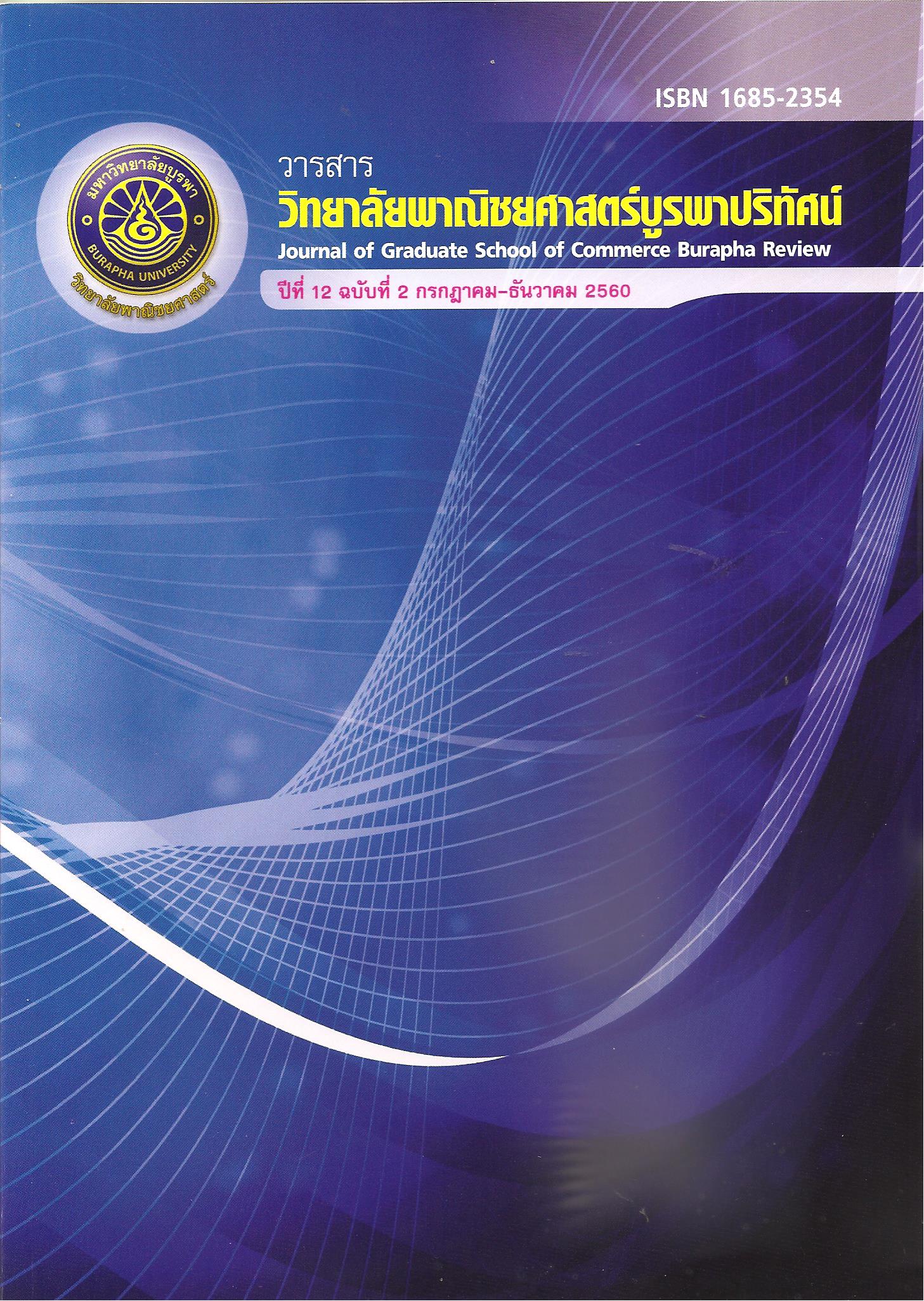รูปแบบการจัดการภัยคุกคามรูปแบบใหม่แบบบูรณาการ ด้านภัยพิบัติธรรมชาติ กรณีศึกษาแผ่นดินไหว
Main Article Content
Abstract
บทคัดย่อ
การวิจัยดังกล่าวมีวัตถุประสงค์ เพื่อศึกษารูปแบบการจัดการภัยคุกคามรูปแบบใหม่ด้านภัยพิบัติที่เกิดจากธรรมชาติกรณีศึกษาแผ่นดินไหว ด้วยเทคนิคกระบวนการวางแผนแบบมีส่วนร่วม Appreciation-Influence-Control (A-I-C) เป็นการวิจัยเชิงผสม (Mix method research) ประกอบด้วย 1) การสัมภาษณ์เชิงลึก (In-depth in view) กับผู้เชี่ยวชาญ จำนวน 11 คน เกี่ยวกับ รูปแบบการจัดการภัยแผ่นดินไหวรุนแรง, การจัดการกับปัญหาภัยแผ่นดินไหว, แนวทางการจัดการและการป้องกันปัญหาภัยแผ่นดินไหวในอนาคต, เหตุการณ์สมมติเกี่ยวกับแผ่นดินไหว, ผลกระทบเกี่ยวกับแผ่นดินไหว, วิธีการอพยพประชาชนให้พ้น จากความเสียหายของภัยแผ่นดินไหว และการประชุมผู้มีส่วนเกี่ยวข้อง 3 รอบ ได้แก่รอบที่ 1 การวิจัยแบบมีส่วนร่วมโดยการประชุมกลุ่ม (Focus group) ตอบโจทย์ขั้นตอนการวางแผนแบบมีส่วนร่วมในขั้นตอนของ A = Appreciation รอบที่ 2 การวิจับแบบมีส่วนร่วม โดยการฝึกปัญหาที่บังคับการ (CPX) ตอบโจทย์ขั้นตอน การวางแผนแบบมีส่วนร่วมในขั้นตอนของ I = Influence รอบที่ 3 การวิจัยแบบมีส่วนร่วม
ผลการศึกษาพบว่า ผลการสัมภาษณ์เชิงลึก (In-depth in view) ถ้าหากภาครัฐไม่มีแนวทางหรือรูปแบบการจัดการแผ่นดินไหวรุนแรง สิ่งที่เลวร้ายที่สุดที่จะเกิดขึ้นกับประเทศไทย คือ 1) ด้านความสูญเสียทั้ง ต่อชีวิตและทรัพย์สิน 2) ผลกระทบต่อความมั่นคงทางเศรษฐกิจ 3) ปัญหาสังคม ความปลอดภัยของประชาชน ใน การดำรงชีวิต และความสับสนในการทำงานของหน่วยงานที่เกี่ยวข้องที่ต้องเข้าไปช่วยเหลือ ตามลำดับ หน่วยงานราชการที่ควรเป็นหน่วยงานแรกที่จะเข้าไปจัดการกับปัญหาภัยแผ่นดินไหว เรียงลำดับได้ดังนี้ 1) กรมป้องกันและบรรเทาสาธารณภัย 2) หน่วยงานราชการในพื้นที่ ที่ประสบเหตุ 3) ทหาร/ ตำรวจ ตามลำดับ
ผลการศึกษากระบวนการวางแผนแบบมีส่วนร่วม Appreciation-Influence-Control (A-I-C) โดย การประชุมผู้มีส่วนเกี่ยวข้อง 3 รอบ พบว่า การกำหนดวิธีการขั้นตอนการอพยพและช่วยเหลือประชาชนควรดำเนินการ ดังนี้ ลำดับที่ควรทำแผนอพยพ เตรียมการอพยพ ประกอบด้วยขั้นที่ 1 สำรวจพื้นที่ ทำบัญชีจำนวนคน, ขั้นที่ 2 กำหนดพื้นที่รวมพล, ขั้นที่ 3 สำรวจยานพาหนะ-น้ำมันเชื้อเพลิง, ขั้นที่ 4 จัดสิ่งอำนวยความสะดวก, ขั้นที่ 5 จัดเตรียมพื้นที่การอพยพ, ขั้นที่ 6 จัดแบ่งประเภทของบุคคล/ เด็ก คนชรา ผู้ป่วย, ขั้นที่ 7 กำหนดผู้รับผิดชอบ, ลำดับที่ 2 การช่วยเหลือด้านสาธารณสุข/ อุปโภคบริโภค, ลำดับที่ 3 กำหนดการซักซ้อม, ลำดับที่ 4 ทำการประชาสัมพันธ์, ลำดับที่ 5 ตรวจสอบความปลอดภัยของอาคาร/ จัดสร้างที่อยู่อาศัยหรือแหล่งพัก
ABSTRACT
The purpose of this research was to Study an appropriate model of natural disaster threat management, in a case study of earthquake, applied with Appreciation-Influence-Control (A-I-C). This research was mixed method research that included 1) in-depth Interview with 11 experts who participated natural disaster threats management as well as preparation for the worst situation that could happen in Thailand. These experts also involved in the earthquake management, prevention of future earthquake, precaution of earthquake, impact of the earthquake, and emergency evacuation. 2) The data in this research were analyzed in accordance with Appreciation-Influence-Control (A-I-C) by appointing a discussion with participants in three rounds. The first round was conducted as a focus group in order to follow the appreciation procedure. The second round was to participate in the research as CPX following the influence procedure. The last round was to summarize all possible solutions as well as preparing all responsible work units to handle and control earthquake situation in a practical and effective response with C = Control procedure. This thing enables commitment among individuals to realize role and responsibility in self-controlling in order to achieve the same objective together.
The result of this study revealed some worst consequences that can possibly happen if the government sector failed to take any actions in natural disaster precautions. The possible consequences included 1) loss in life and property 2) economic stability 3) citizen’s life security and confusion among the cooperative working agents etc. In particular, the responsible agents are as the following: 1) department of disaster prevention and mitigation; 2) local offices in the earthquake area, and 3) military and police department that may concern.
Furthermore, the result of this study also showed that the emergency evacuation guideline should be actively promoted to everyone. The whole process starts from stage 1: preparing to evacuate which included 7 steps, that is, 1) survey of area and numbers of people 2) confirm the meeting point 3) transportation check 4) facilities and resources management 5) area for evacuation 6) category of young children, elderly, patients 7) appointing responsible assistants. Stage 2 was about offering assistance to the public health. Stage 3 was to activate an earthquake drill. Stage 4 was to promote public relations. And stage 5 was about the security of buildings and habitats.
Article Details
The owner of the article does not copy or violate any of its copyright. If any copyright infringement occurs or prosecution, in any case, the Editorial Board is not involved in all the rights to the owner of the article to be performed.


